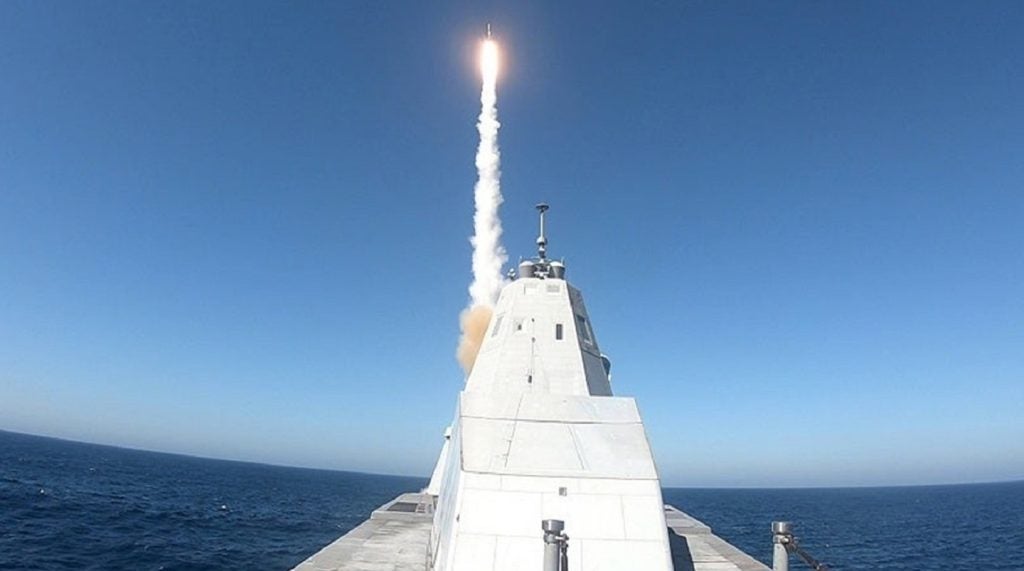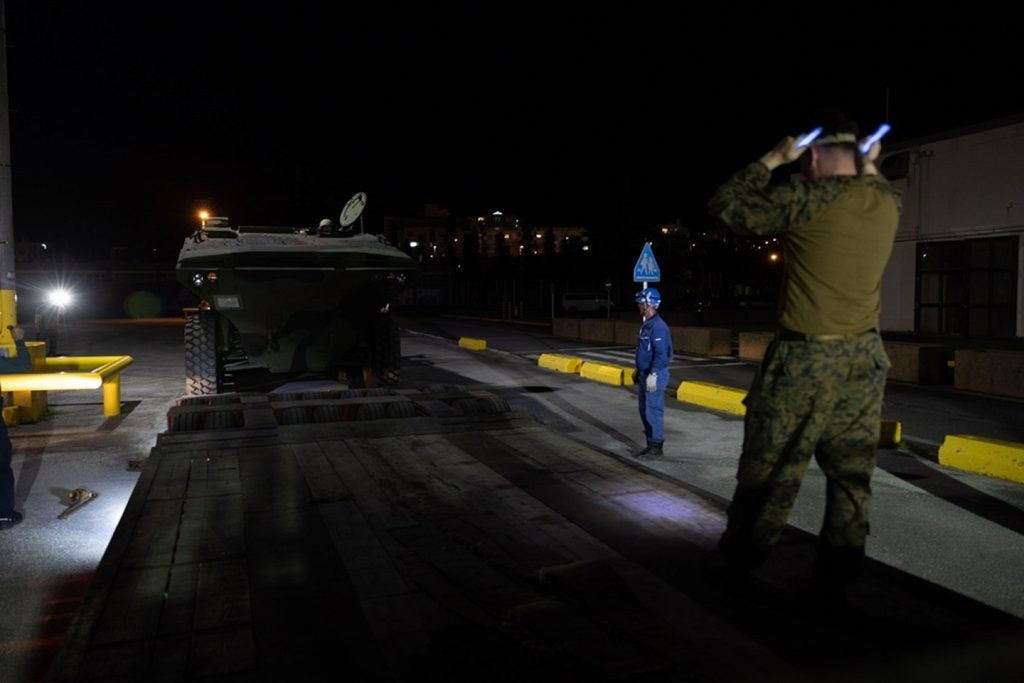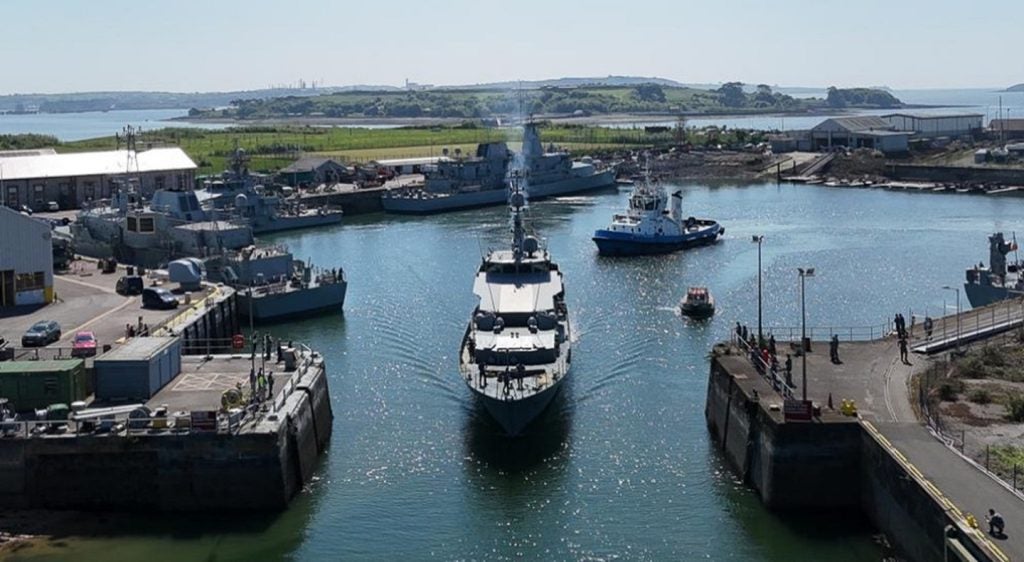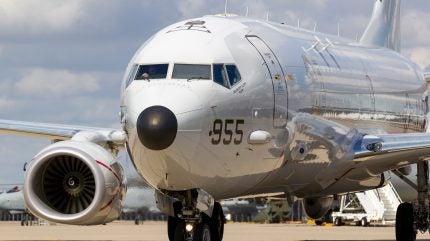
In an upgrade to its maritime defence capabilities, South Korea has welcomed the first three of six P-8A Poseidon aircraft ordered from the United States.
This move comes as part of a broader effort to modernise the Republic of Korea Navy (ROKN) and address evolving regional security dynamics, particularly amid rising tensions in the Asia-Pacific.
South Korea has initiated a crucial modernisation of its maritime patrol fleet by receiving the initial batch of P-8A Poseidon aircraft from the United States. These aircraft are set to replace the ageing P-3C/K Orion planes that have been a staple of South Korea’s maritime surveillance since the mid-1990s. This transition underscores the country’s focus on enhancing its defence capabilities in response to an increasingly complex security environment in Asia-Pacific.
Boosting regional stability through modernisation
Integrating the P-8A Poseidon aircraft into South Korea’s defence apparatus marks a shift in its maritime strategy. Beyond replacing older models, the new aircraft improves the ROKN’s operational readiness and technological edge. According to GlobalData, a leading data and analytics firm, this modernisation is crucial for maintaining territorial integrity against North Korean threats and reinforcing regional stability.
Harpreet Sidhu, an aerospace and defence analyst at GlobalData, highlights the broader implications of this upgrade: “With the induction of the P-8A aircraft, South Korea not only improves its maritime defence capabilities but also enhances its interoperability with the US and other APAC allies such as India, Australia, and New Zealand. However, unlike South Korea, the P-8 procurements by other APAC countries are mainly geared towards mitigating the threat of Chinese submarines in the Indo-Pacific region.”
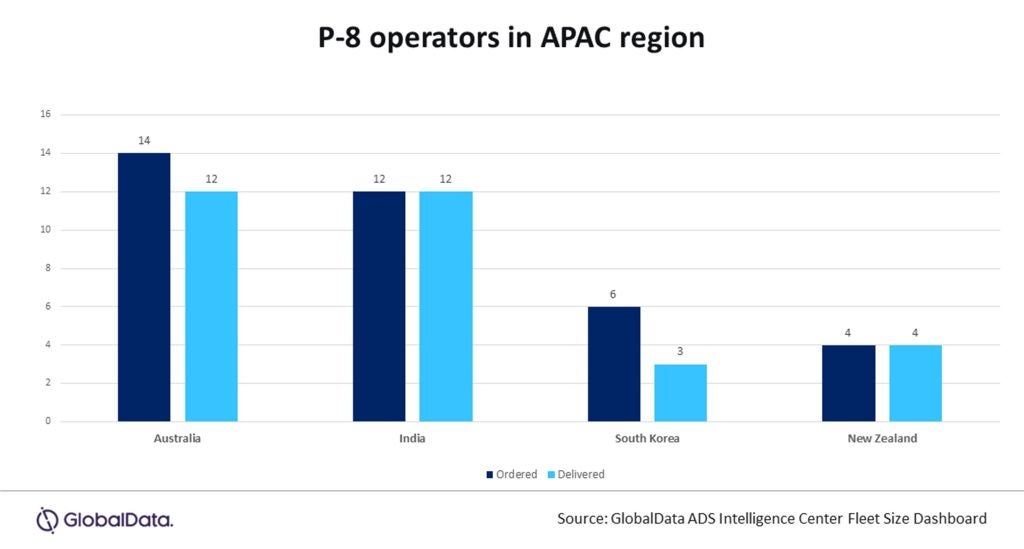
Recently,Germany andCanada havemade strides in enhancing their maritime security capabilities by acquiringBoeing‘s P-8A Poseidon aircraft. Canada signed a government-to-government agreement with the United States for up to 16 P-8A Poseidon aircraft valued at approximately $5.9bn (C$8bn).
How well do youreallyknow your competitors?
Access the most comprehensive Company Profiles on the market, powered by GlobalData. Save hours of research. Gain competitive edge.

Thank you!
Your download email will arrive shortly
Not ready to buy yet? Download a free sample
We are confident about the unique quality of our Company Profiles. However, we want you to make the most beneficial decision for your business, so we offer a free sample that you can download by submitting the below form
By GlobalDataIn recent years, Boeing’s P-8 Poseidon has emerged as a preferred choice for the maritime patrolling requirements of several navies worldwide. GlobalData’s intelligence on theglobal military fixed-wing aircraft markethighlights that Boeing Co is anticipated to account for the fourth highest revenue share in the Asia Pacific market with $17.4bn over the forecast period.
Implications amid regional rivalries
While South Korea’s immediate concern remains the threat from North Korean submarines—the largest fleet globally—this procurement also aligns with a broader effort among US allies in the Asia-Pacific. Unlike its counterparts, who primarily focus on countering Chinese maritime expansion, South Korea’s investment in the P-8A Poseidon is a direct response to the North Korean threat. This dual focus on national and regional security highlights the nuanced geopolitical challenges faced by Seoul.
The US Department of Defense is closely monitoring reports of North Koreantroops potentially joiningthe Russian Army following a partnership treaty signed by Russian President Vladimir Putin during his recent visit to Pyongyang.
GlobalData’s “Fleet Size Dashboard”reveals a notable trend: the average age of ROKN’s fixed-wing aircraft is steadily decreasing, reflecting a conscious effort by South Korean policymakers to maintain a military fleet. As older platforms are phased out, the Navy’s operational efficiency and technological sophistication are set to rise.
Enhancing military cooperation and readiness
The addition of the P-8A aircraft also signals enhanced military cooperation with the United States. The P-8A Poseidon, known for its anti-submarine warfare (ASW) capabilities, will play a role in monitoring and deterring submarine activities, particularly those posed by North Korea. This capability is vital for South Korea, given the importance of its maritime borders and the persistent submarine threat.
Sidhu concludes, “As North Korea operates the largest number of submarines in the world, securing its coastline and territorial waters from sub-surface threats is of paramount importance for South Korea. Procurement of potent anti-submarine warfare platforms such as the P-8s will help South Korea to effectively monitor and deter submarine activities by adversarial forces.”
South Korea’s acquisition of the P-8A Poseidon aircraft represents more than a simple fleet upgrade; it is an enhancement designed to address immediate and long-term security challenges. By modernising its maritime patrol capabilities, South Korea strengthens its national defence and contributes to the stability and security of the broader Asia-Pacific region. As the geopolitical landscape continues to evolve, such investments are vital for maintaining peace and deterring aggression in one of the world’s most dynamic and contested regions.


